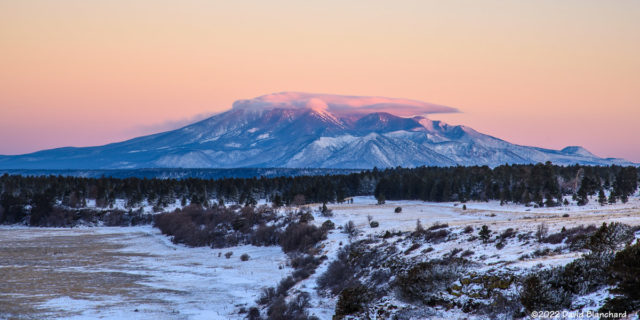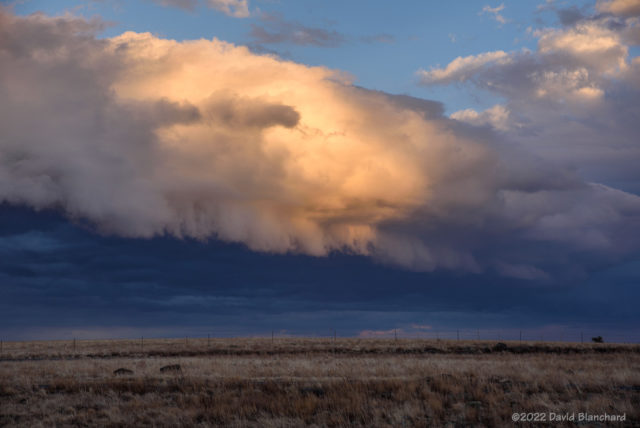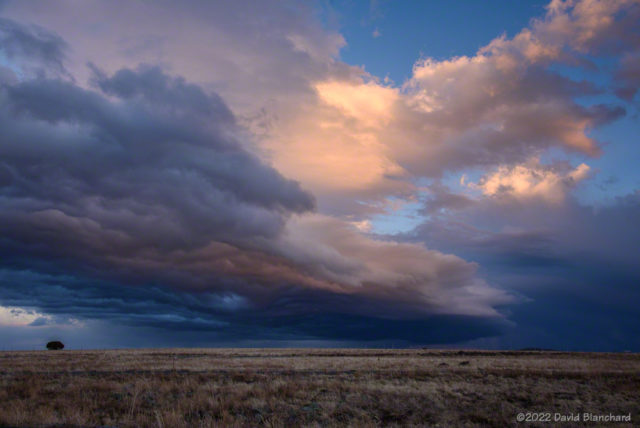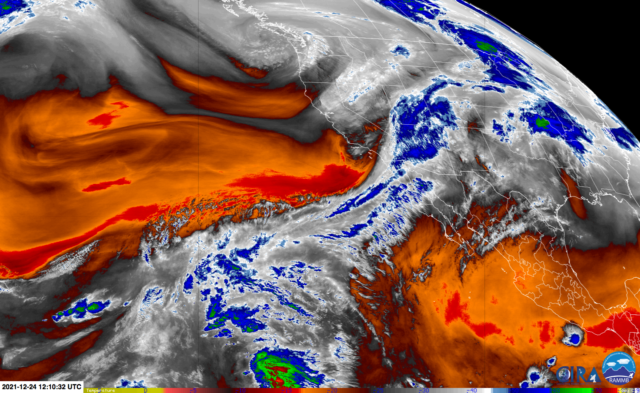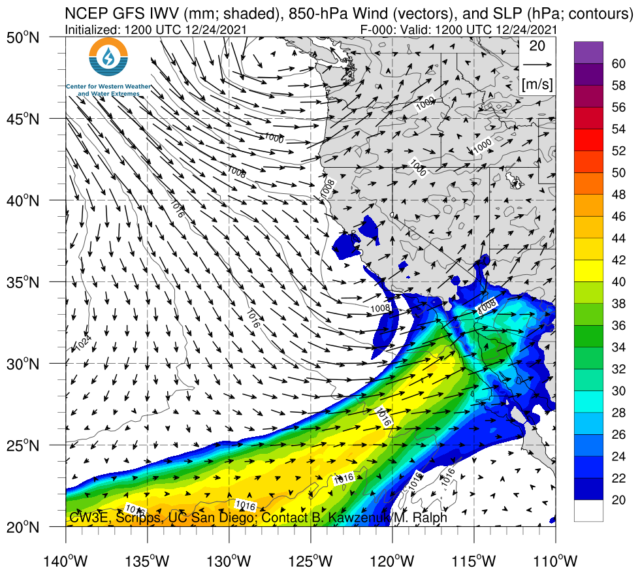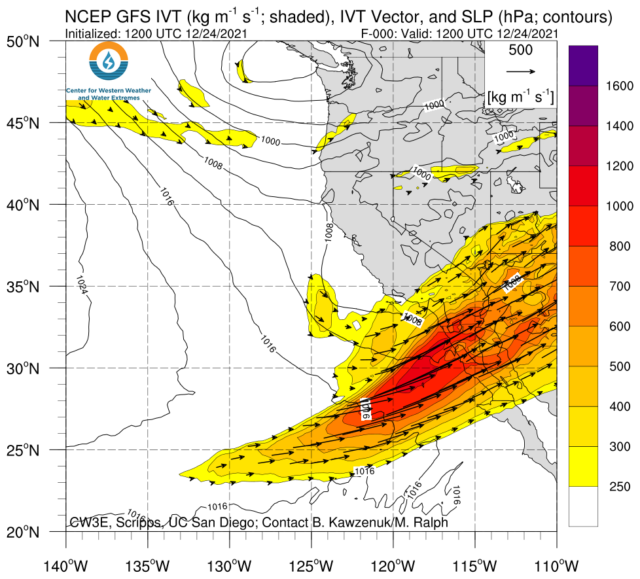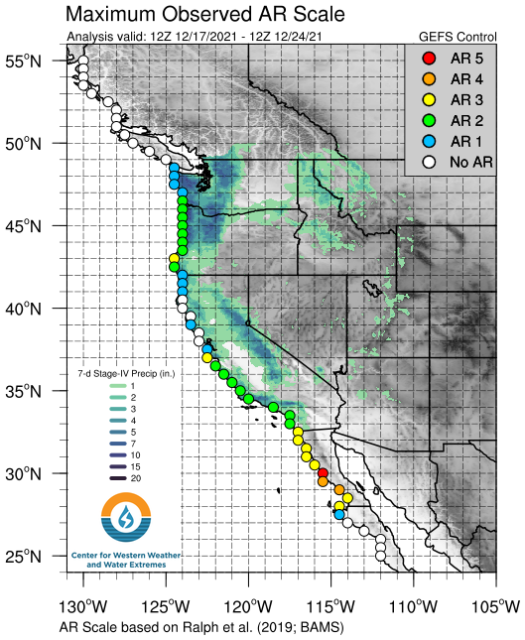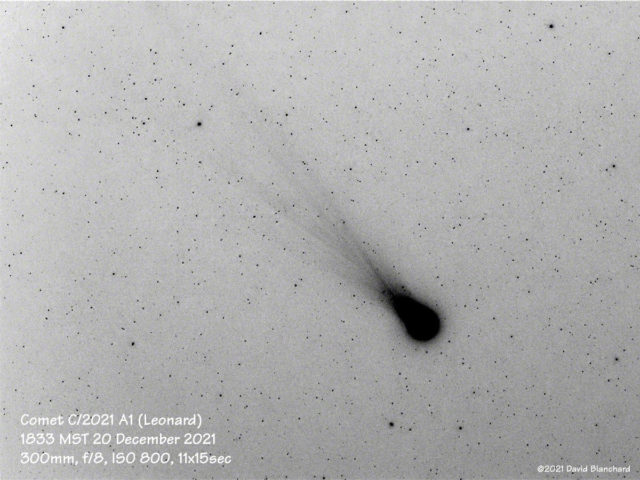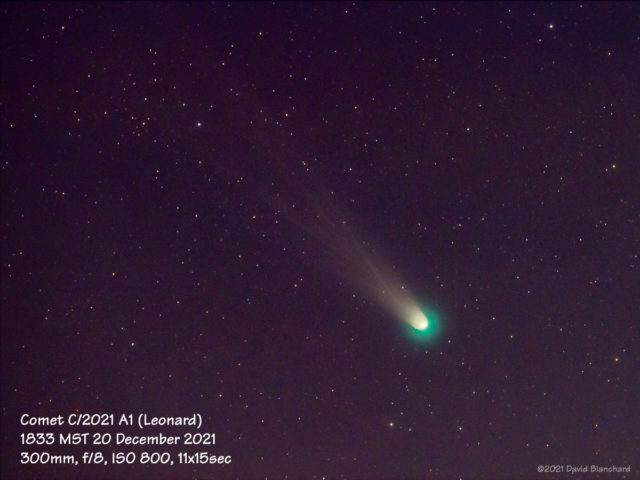Snow in the desert is amazing. Desert plants and red rocks are covered with snow and birds are just a bit bewildered by the whole experience.
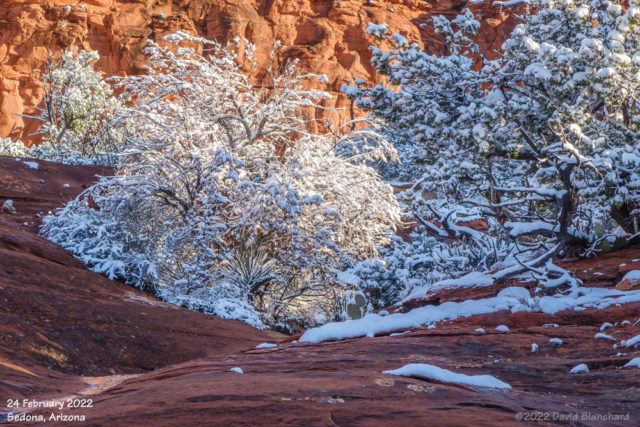
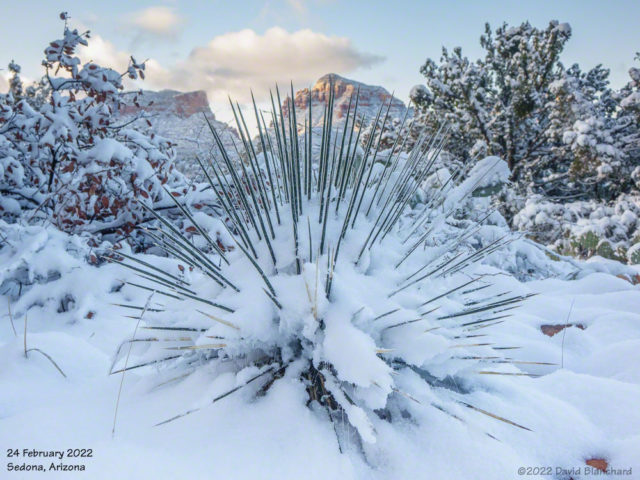
A very cold storm system moved across Arizona on Tuesday and Wednesday and snow levels fell well below 4000′ feet bringing snow to the higher deserts including Sedona. I was pretty certain I was going to make the trip to Sedona for sunrise on Thursday morning.
Around 3 a.m. the snow plows came through the neighborhood pushing up a 2 foot berm of ice and snow that would need to be cleared before I could get out of the driveway. Classic—happens just about every time!
Once in Sedona I followed a trail that had not seen any human traffic since yesterday but there were coyote tracks. I never saw the critter and it was probably just as well.
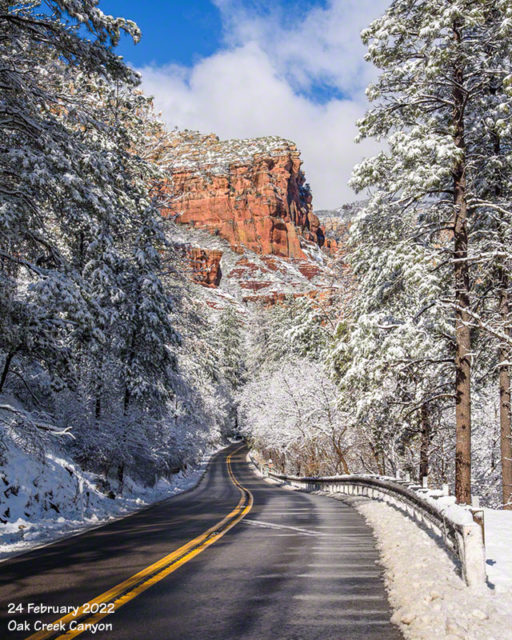
The snow in Sedona will be mostly gone within a day or two.
